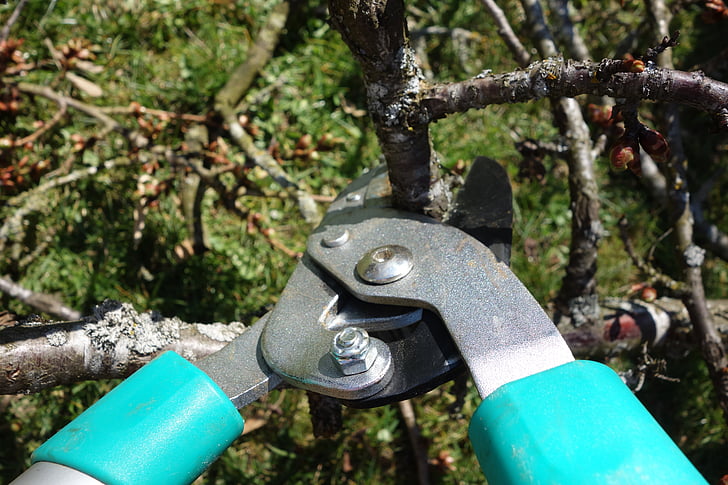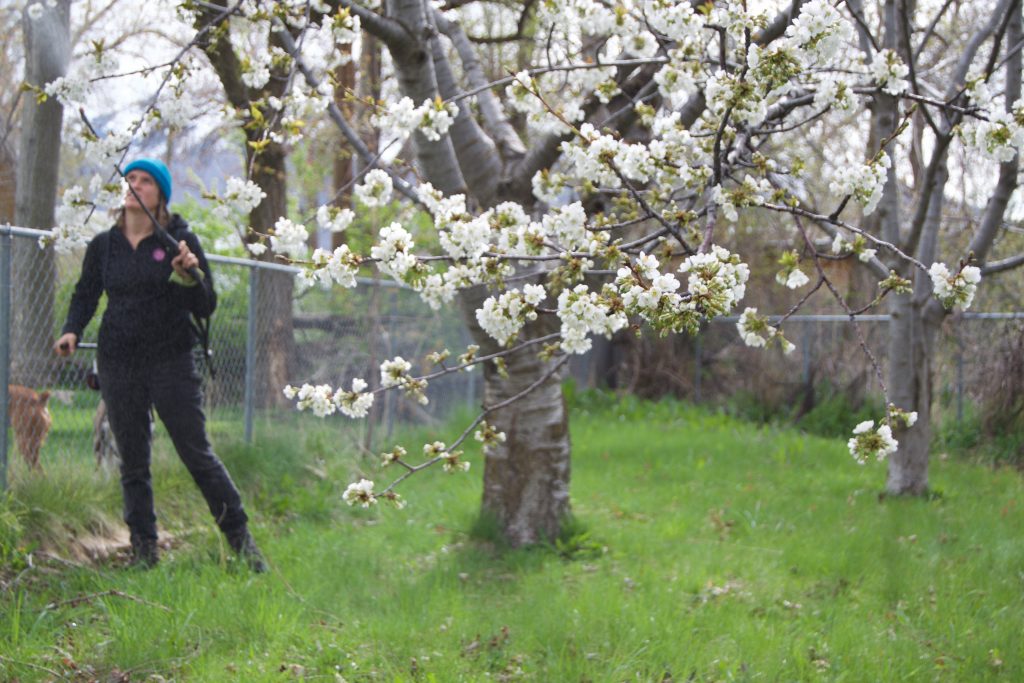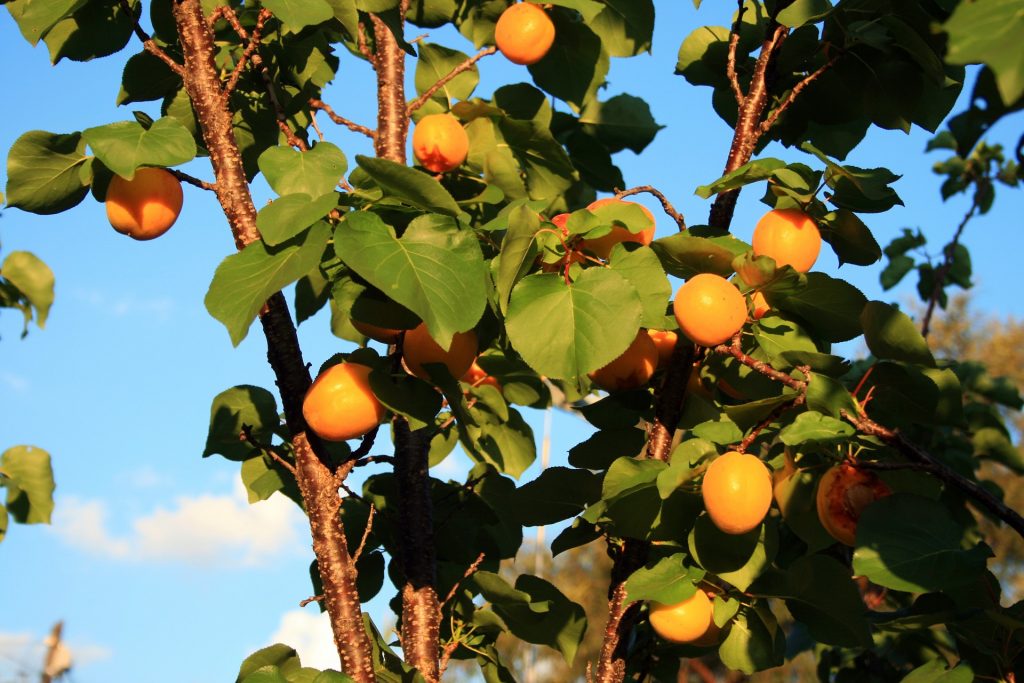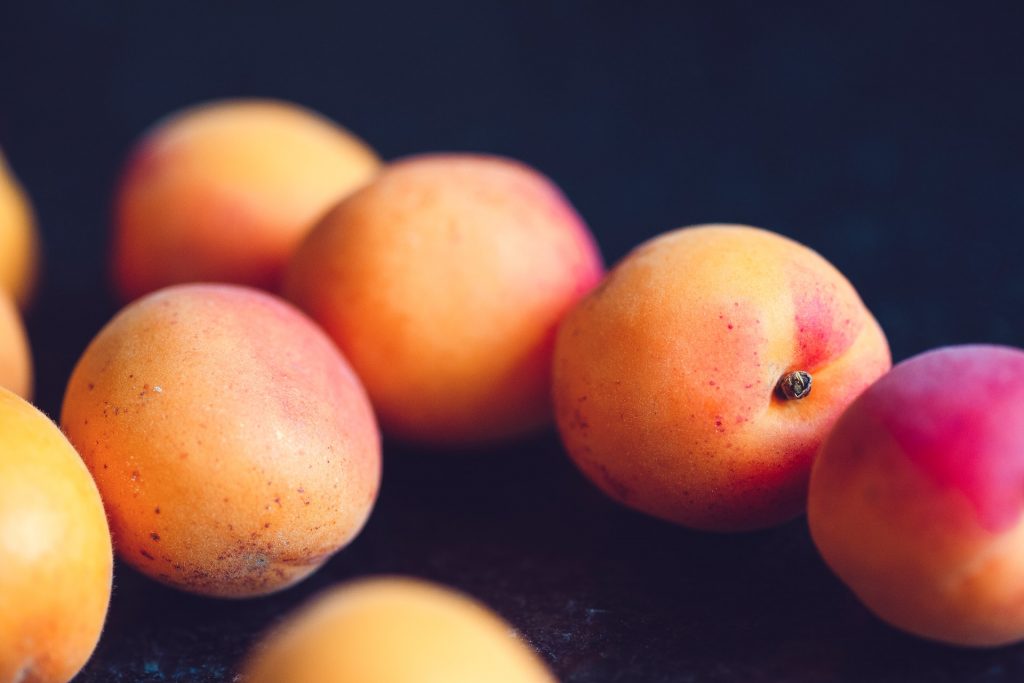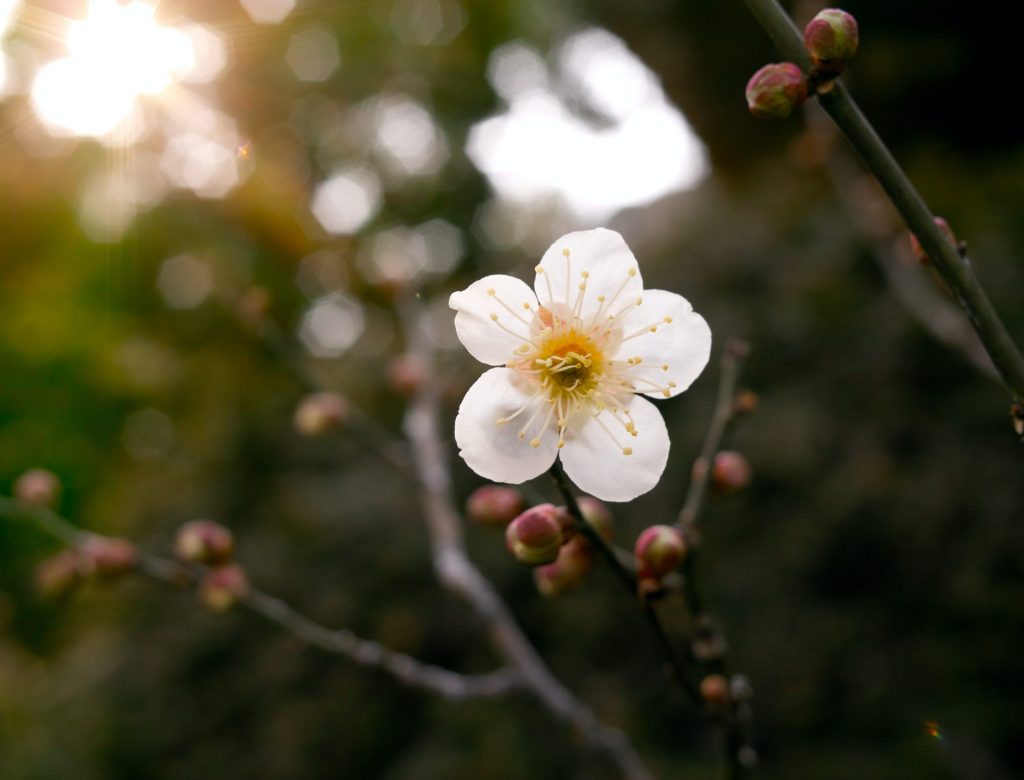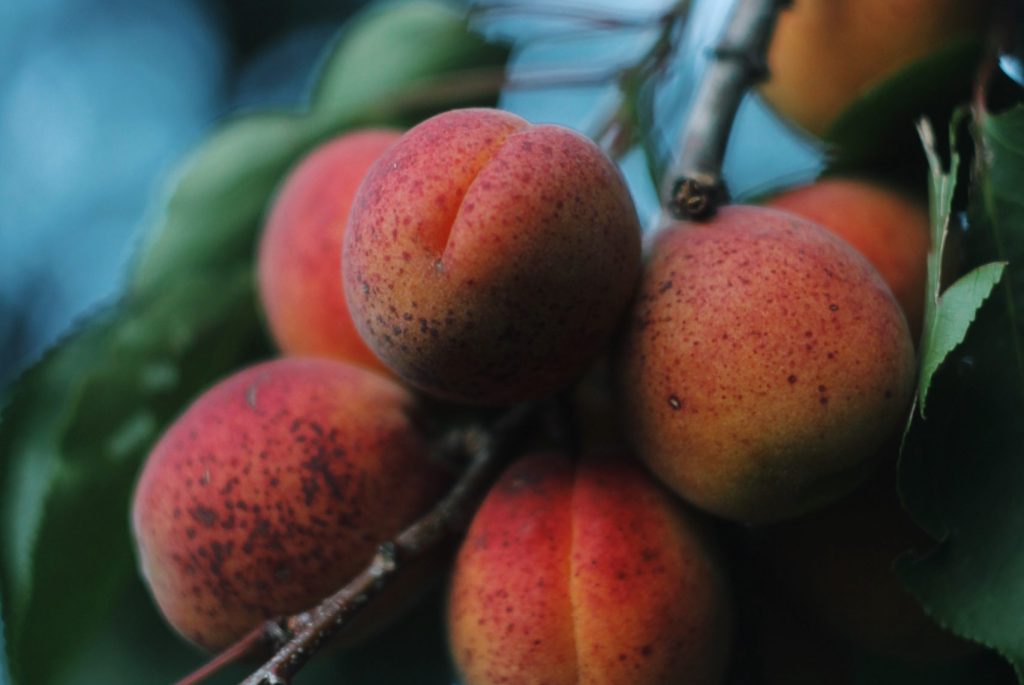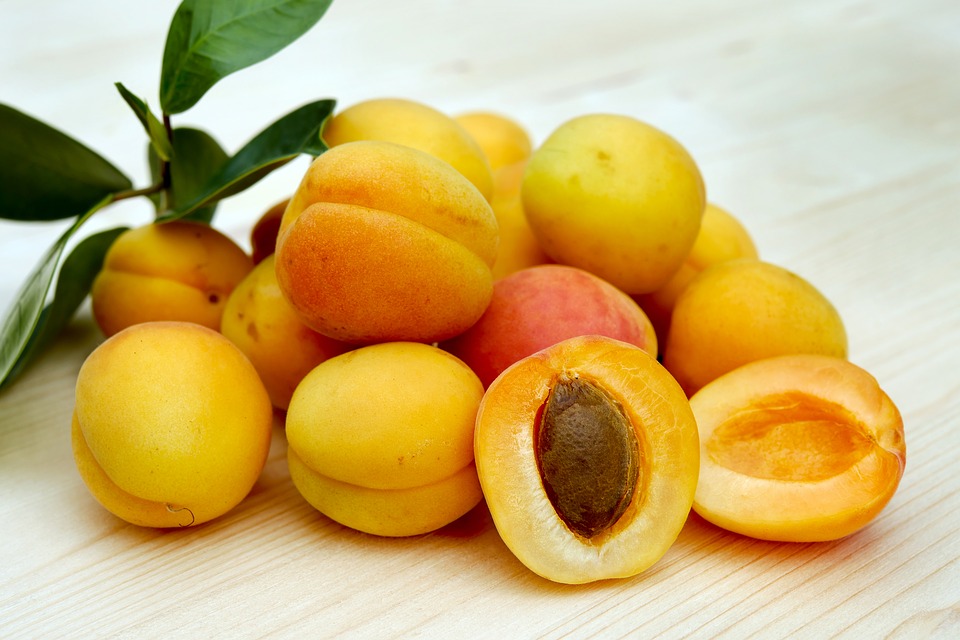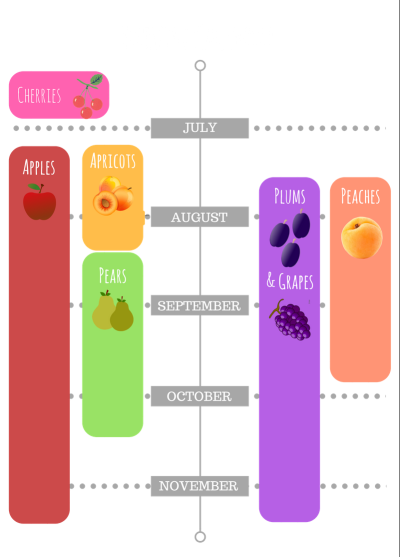Schedule a Harvest with Us!
Apricot season is often our busiest time, and we may be booked up to three weeks out, so it is essential to monitor your tree and schedule it for the proper time.
We cannot harvest if...
- The load is too low. Must be at least 200 lbs of fruit.
- The fruit is overripe. (If the apricots are too soft or mostly falling off of the tree it may be too late for us to harvest. We have to stack the fruit in bins and then transport it, so the fruit must be able to hold up in those conditions.)
- The fruit is far too underripe. (If the apricots are hard like rocks or are still green, let them continue to ripen on the tree.)
